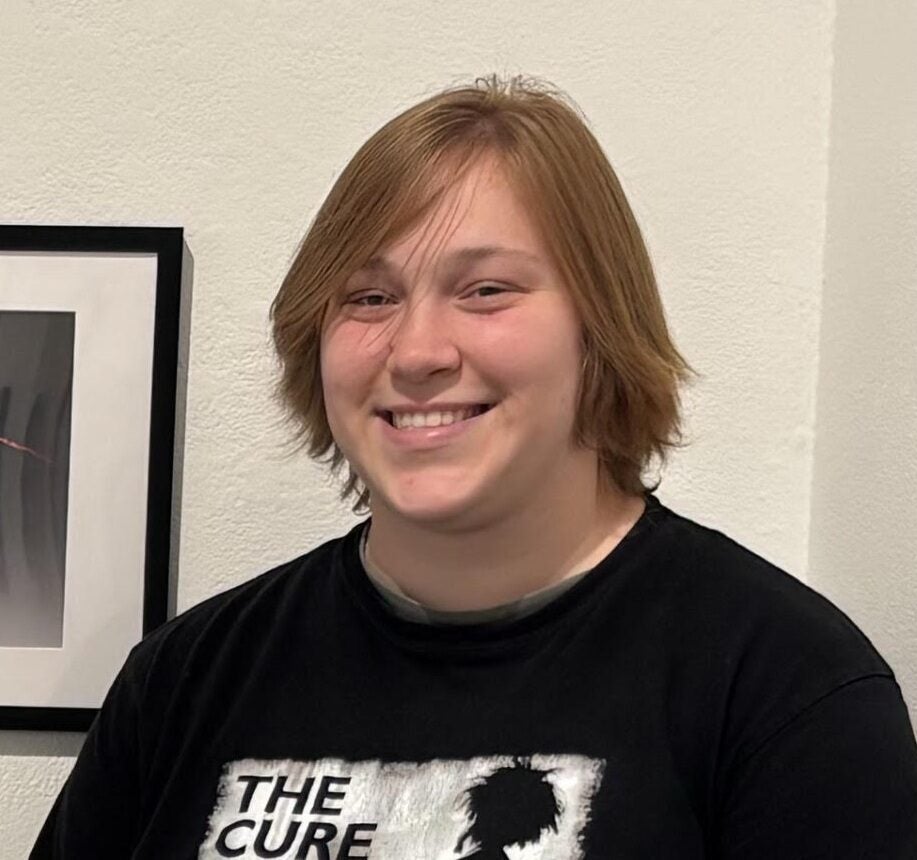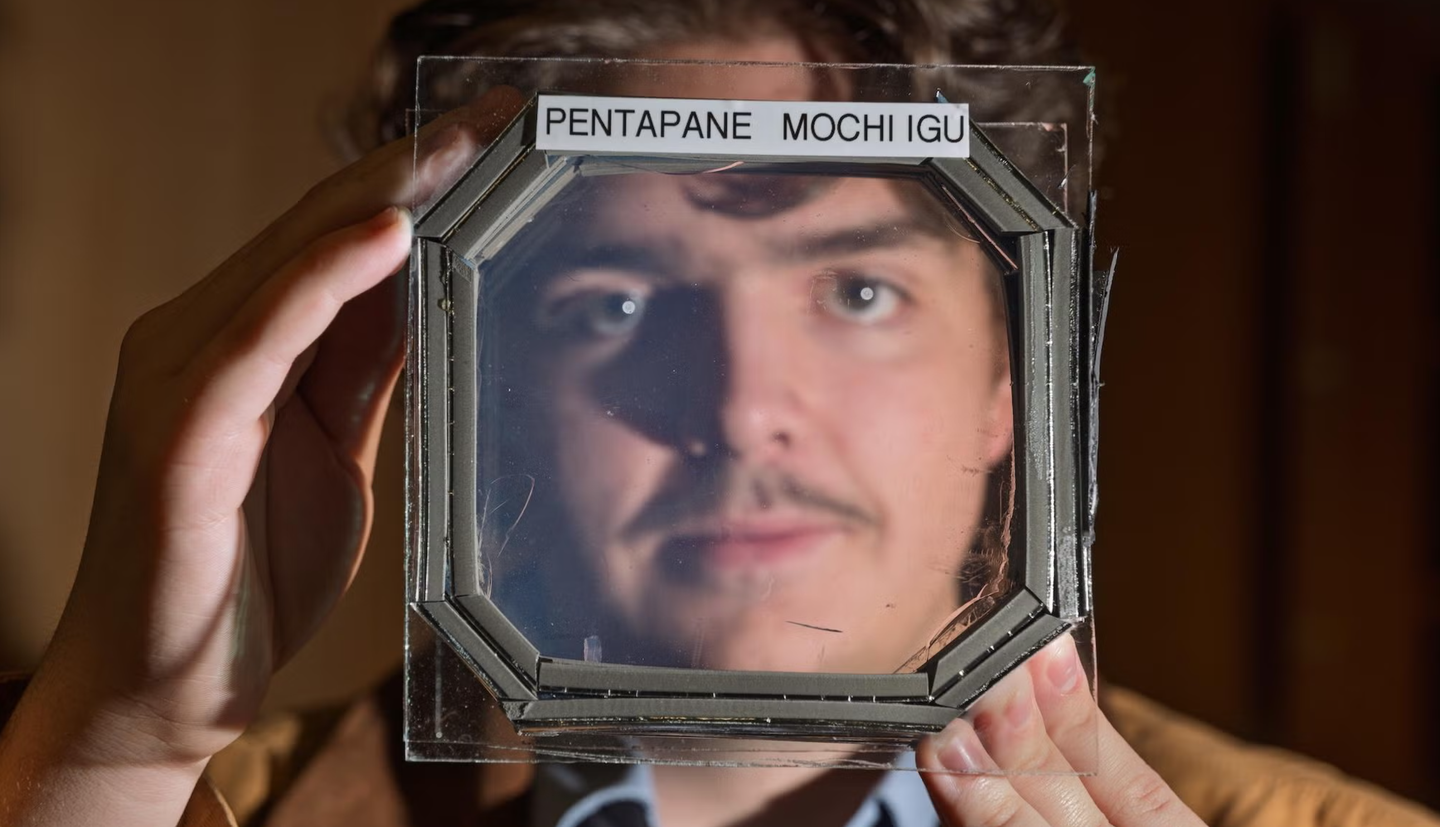Scientists create special antibody that shuts down rogue T cells safely
A new antibody shuts down rogue T cells in autoimmune diseases like diabetes and MS without weakening the immune system’s defense.

 Edited By: Joseph Shavit
Edited By: Joseph Shavit

A new dual-target antibody calms overactive immune cells in autoimmune diseases without weakening the body’s natural defenses. (CREDIT: Shutterstock)
A promising breakthrough in autoimmune disease research may open the door to safer and more effective treatments. Scientists have engineered a special antibody that can selectively calm the immune system without weakening its defenses. Their method targets the specific immune cells that cause damage in diseases like Type 1 diabetes, hepatitis, and multiple sclerosis—without the usual side effects of widespread immune suppression.
The research, published in the journal Cell, was led by scientists at NYU Langone Health. The team focused on how T cells, a type of white blood cell, mistakenly attack the body’s own tissues in autoimmune disease. They found that holding two key signaling complexes close together on the surface of these T cells can shut them down—but only the harmful ones.
This finding is critical. In many autoimmune conditions, T cells go rogue and target healthy cells instead of defending against real threats like viruses or bacteria. Previous treatments that attempted to block these T cells often weakened the entire immune system, leaving patients vulnerable to infections and cancer. The new study avoids this risk by selectively disabling only the problematic cells.
Targeting T Cells With Precision
The key to this breakthrough lies in two proteins on the surface of T cells: the T cell receptor (TCR) and the immune checkpoint LAG-3. TCRs are built to recognize and respond to pieces of viruses or bacteria. In autoimmune diseases, they wrongly react to the body’s own proteins. Checkpoints like LAG-3 are natural “brakes," suppressing immune responses when needed, helping the body avoid self-destruction.
In autoimmune diseases, the TCR gets triggered by the body’s own proteins, while LAG-3 doesn’t always work well enough to stop this reaction. The new research found that LAG-3 can suppress the TCR’s activation, but only if their both close together on the T cell’s surface.
“We discovered that, as a T cell’s surface draws close to the MHC-II presenting its TCR trigger molecule, the T cell receptor gets particularly close to LAG-3,” explained Jasper Du, a medical student in the Wang lab and co-first author of the study. “For the first time, we found that this proximity is central to the ability of LAG-3 to dial back T cell activity.”
This is where the research gets especially clever. The scientists discovered that LAG-3 lightly sticks to a specific part of the TCR called CD3ε. This bond, like two oily surfaces touching, disrupts the connection between CD3ε and an enzyme called Lck. Lck plays a major role in T cell activation, so breaking this connection helps to shut down its harmful activity.
In healthy systems, the molecule MHC-II can bring the TCR and LAG-3 close enough together, but not often enough to make a big difference. So, the team designed a molecule that could force this closeness more reliably.
The Power of BiTS
The researchers created a “bi-specific” antibody that can latch onto both the TCR and LAG-3 at the same time. This molecule, named the LAG-3/TCR Bispecific T cell Silencer (BiTS) holds the two proteins tightly together, stronger than MHC-II can. This engineered antibody mimics the natural immune signal that deactivates the T cell, but more powerfully and predictably.
“Our findings reveal an intricate mechanism that enables a careful treatment approach to T-cell driven autoimmune diseases, which currently lack effective immunotherapies,” said Jun Wang, PhD, assistant professor in the Department of Pathology at NYU Grossman School of Medicine and co-senior author of the study.
When tested in mice, BiTS showed powerful effects. In a mouse model of Type 1 diabetes, the treatment lowered inflammation and preserved insulin-producing cells in the pancreas. In a model of autoimmune hepatitis, BiTS reduced the number of harmful T cells in the liver and prevented tissue damage.
The results were just as promising in a multiple sclerosis model. In this disease, a different kind of T cell (called CD4+) plays the lead role. Mice treated with BiTS before developing symptoms had milder disease progression compared to untreated mice. This suggests BiTS could be used preventively in certain cases.
Why LAG-3 Matters
Immune checkpoints like LAG-3 are already known to science, especially in cancer research. Cancer cells often hijack these checkpoints to stop the immune system from killing them. Therapies known as checkpoint inhibitors block these signals, helping the immune system attack cancer cells.
But LAG-3 behaves a little differently. It’s not as strong or easy to activate as another checkpoint called PD-1, which has been successful in cancer treatments. While that makes LAG-3 less helpful in fighting cancer, it actually makes it more useful when the immune system is too active, like in autoimmune conditions.
Because LAG-3 needs very specific conditions to work, it’s harder for cancer cells to abuse it. That also means scientists can use its unique behavior to gently turn down overactive immune cells without shutting down the entire system.
“Checkpoints” like LAG-3 naturally help the body prevent self-attack. When normal cells signal through these checkpoints, T cells receive a message to stop. BiTS mimics this natural shutdown, but with more accuracy and strength.
A New Direction for Treatment
The team’s goal wasn’t just to study LAG-3, but to find new ways to control autoimmune diseases. Current therapies often involve general immune suppression, which leaves patients unprotected. BiTS, by contrast, works more precisely. It targets only the T cells that are doing damage, leaving the rest of the immune system free to do its job.
“Our study advances our understanding of LAG-3 biology and may foster more proximity-based, spatially-guided therapeutic designs like BiTS as immunotherapy for other human diseases,” said Jia You, co-first author and a research scientist in the Wang lab.
The idea of spatial control—bringing two molecules close enough to influence one another—is a new approach in immune research. It could open doors to more fine-tuned immune regulation, not just a total on or off switch.
Though this work was done in mice, it lays strong groundwork for human studies. If proven safe and effective in people, BiTS or similar molecules could be used to treat a wide range of autoimmune diseases without the major risks of current immune-suppressing drugs.
This study blends deep molecular insight with smart engineering. By understanding how immune cells work at the tiniest levels, scientists have taken a big step toward more refined, safer treatments for some of the most difficult diseases.
Research findings are available online in the journal Cell.
Related Stories
- Scientists re-engineer a patient’s own T cells to target and destroy cancer cells
- New T cell protein discovery stops autoimmune diseases in their tracks
- Lab-grown T cells engineered to live longer and fight cancer more effectively
Like these kind of feel good stories? Get The Brighter Side of News' newsletter.
Mac Oliveau
Science & Technology Writer
Mac Oliveau is a Los Angeles–based science and technology journalist for The Brighter Side of News, an online publication focused on uplifting, transformative stories from around the globe. Passionate about spotlighting groundbreaking discoveries and innovations, Mac covers a broad spectrum of topics—from medical breakthroughs and artificial intelligence to green tech and archeology. With a talent for making complex science clear and compelling, they connect readers to the advancements shaping a brighter, more hopeful future.



